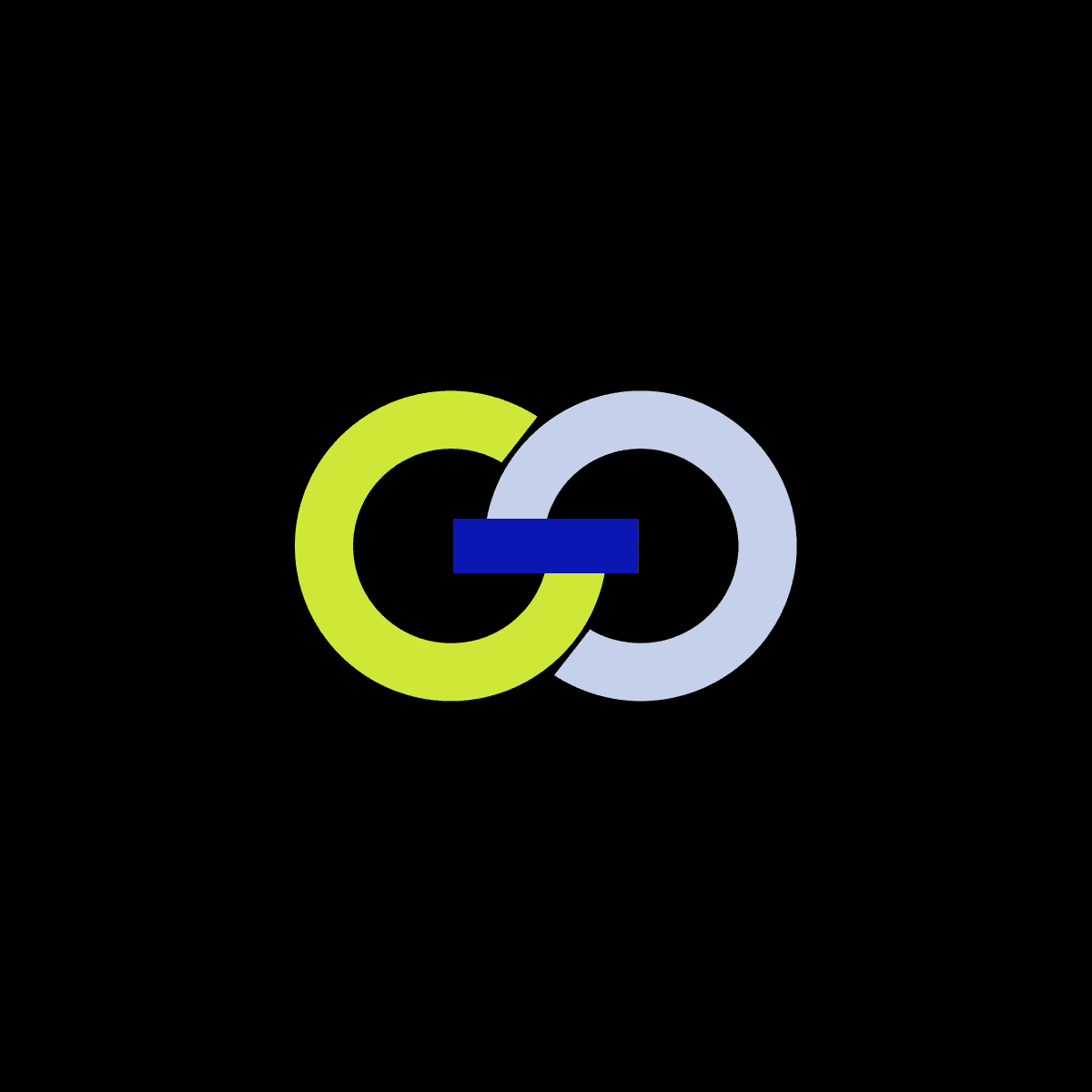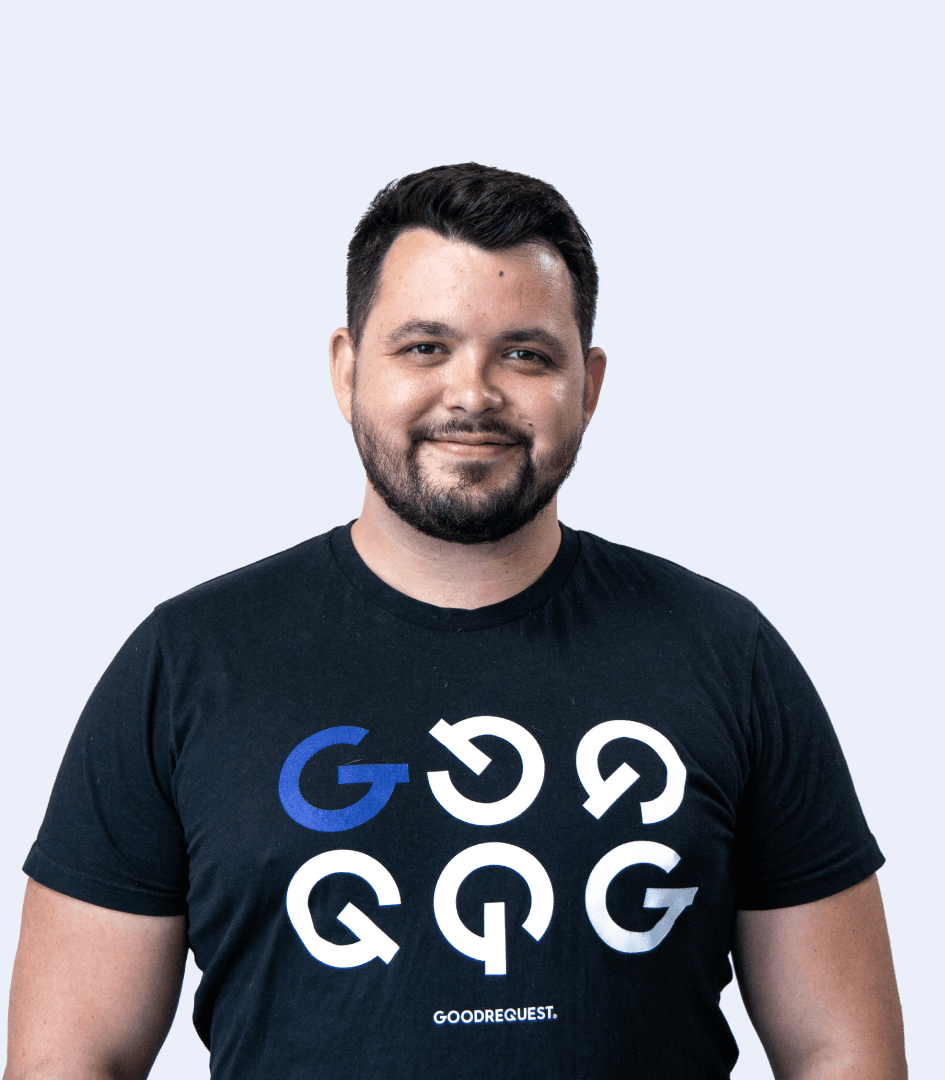
Contact us
Do you want help with your project?
Feel free to drop me a line and we will be happy to discuss your project with you in a free consultation.
15. May 2023Business
How we helped improve the operations of Mazars in Slovakia and the UK through the design and development of the front end of custom-made internal systems.
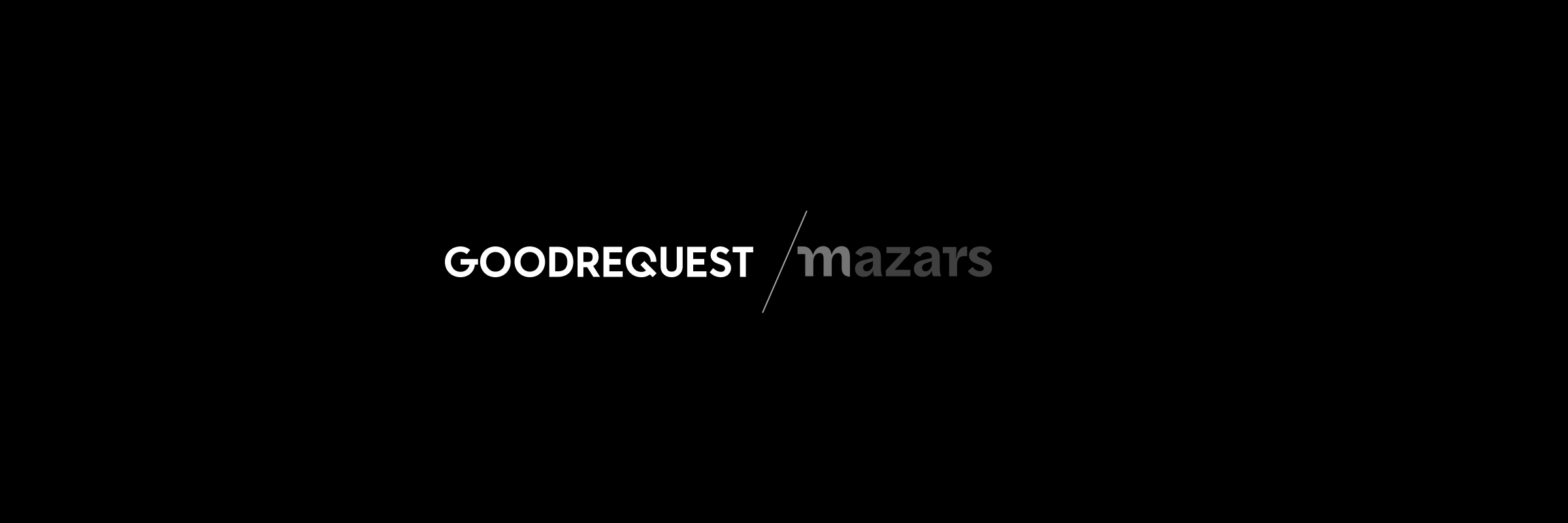
Mazars is an international integrated partnership that specializes in auditing, accounting, consulting, but also tax and legal services. The company operates in over 90 countries and employs 42,400 professionals – 26,000+ in the integrated partnership and 16,000+ within the Mazars North America Alliance. Thanks to the constant development of knowledge, skills and technologies, as well as sensitivity to cultural specificities, it provides tailor-made services.
The goal of our first cooperation was the development of the PayMap web application, the task of which is to process a wide range of data for the payroll documents of multinational companies. An important part of the cooperation is also the design of the web application, which we started with a thorough UX analysis and definition of the problem that PayMap wanted to solve and get to know the requirements of future users. Thanks to the results of the analyses, it was possible to move effectively to the creation of the information architecture and UI design of the information system.
The main benefit of the product is the processing of payroll documents despite specific input data across countries. Also their clear graphic interpretation, which relieves users from confusing work with huge tables. The task of the information system is also to capture and warn about missing information or errors during processing.
The aim of our first engagement with Mazars in the UK was to create to create an internal web tool for the effective management of project orders, each of which represents a company audited by Mazars. The tool contains its own evaluation system and provides comprehensive visualizations of audit outputs, progress and all the elements that need to be corrected for the successful completion of the audit.
We started the project by collecting requirements from the client purely remotely. To give an idea, it was a series of emails, a lot of operational discussion via Slack and 5 video conferences, during which we went from wireframes from the client to knocking out the final proposal. Which as you can imagine was ineffective in some cases. However, we learned a lesson and approached the project more efficiently on the next project, but more on that later.
At GoodRequest, we exclusively apply agile project management methodologies, and due to the short time frame of the project, it lasted 2.5 months, we chose the ScrumBan framework, which is well suited for this type of project.
We started the development phase as soon as the team and I reviewed the initially written requirements as part of "refinement". We repeated this meeting every week until all requirements were clarified.
To ensure transparency and check our progress against the requirements, we organized monthly DEMO meetings with the client. These meetings were an opportunity to present our outputs to the client and confirm whether they are in line with his expectations. Such a "double check" worked excellently, which was already evident during the second DEMO, where we realized that the project required not 10, but 100 details. This finding forced us to modify the concept slightly. However, immediately during the meeting, we agreed on how to grasp these changes in terms of design and we managed to finalize the project on the agreed date.
What kind of PM would I be if, in retrospect, I didn't learn a few lessons from this project that we would approach differently in future projects:
Face-to-face meetings: Rather than relying solely on video conferencing, we would prefer face-to-face meetings with the client. This would allow us to thoroughly discuss and understand the entire scope of the project and address each point in detail.
Involvement of designers: Ensure their participation in meetings, so that they may see changes directly from the discussion and you may be able to solve some things in real time.
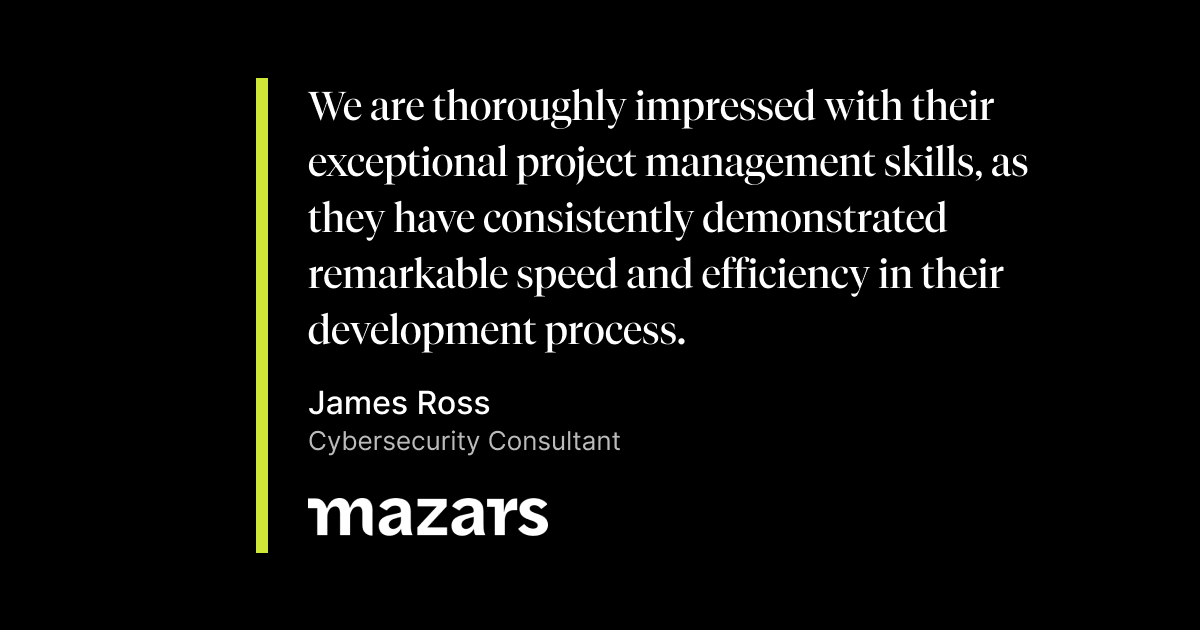
Based on the positive experience with the Mazars-Athena project, we were asked if we could create a web product in a short time that could visualize the results of penetration tests. The client came up with a specific goal and proposal based on their observations of competing products.
We proactively designed several screens and a dashboard to verify our understanding of the client's requirements. After aligning the goal, schedule and budget, two days later we received a significant change in the goal: "The end user imagines the product differently!"
As I outlined in a previous project, a face-to-face meeting can really provide a fundamentally higher level of understanding and get the project off to a better start. That's why this time we traveled to London, where we sat down with the client to create the entire product together. During the one-day workshop, we engaged a designer who joined us via call and redrew the wireframes in real time. Thanks to this form, we replaced four video conferences with one personal meeting. This approach has shifted our role from developers to a trusted partner.

After updating the roadmap and presenting it to the team, we agreed together that it was a realistic plan despite the close delivery date and immediately got down to work.
To ensure a comprehensive approach and smooth progress, each team member presented a sample of their work internally. This procedure allowed us not only to present the progress, but also helped us to identify and eliminate any minor flaws during the work.
As the project neared completion, several new requirements emerged. Together with the client, we worked as one cohesive team to implement these changes. We mutually agreed on a slight modification of the date of the second milestone, which ensured a smooth continuation of the cooperation.
As well as the kick-off of the project, we also visited the client in London during the final demo, where we not only presented our work but also received valuable feedback for further improvements or potential new projects.
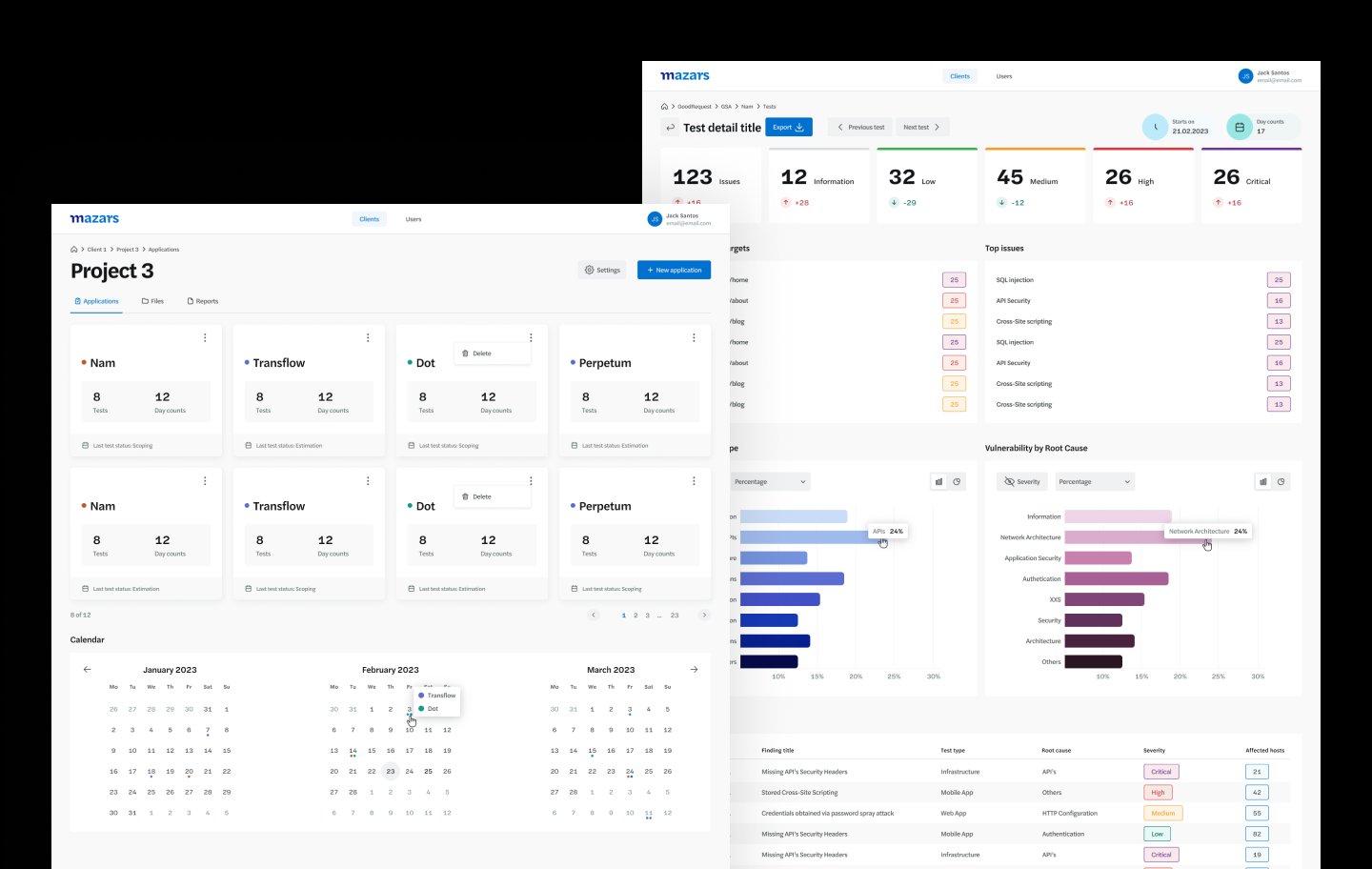

Contact us
Feel free to drop me a line and we will be happy to discuss your project with you in a free consultation.


